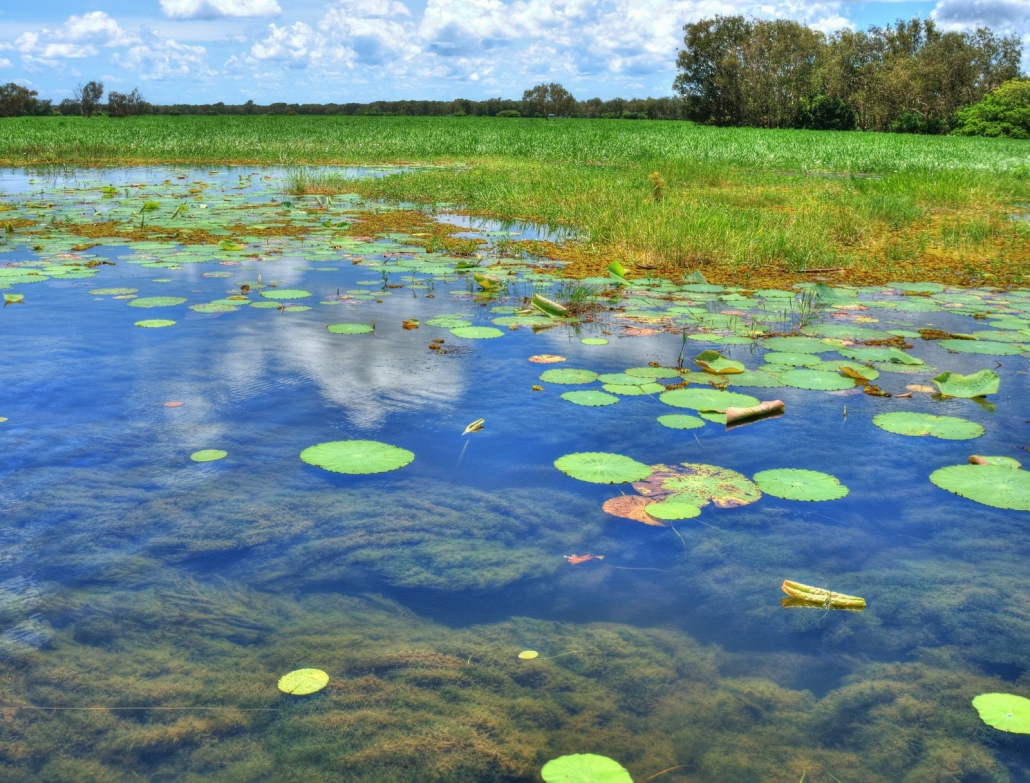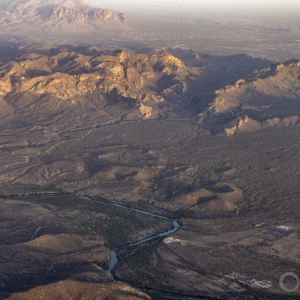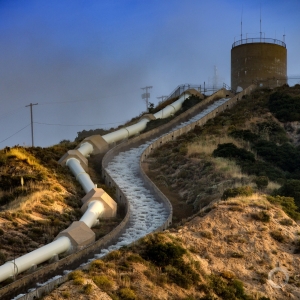The Stream, July 20, 2022: Flooding Spurs Climate Anxiety, Disease and Death in the World’s Most Vulnerable Communities

Australia’s Kakadu Flood Plains in February 2022. Photo © Miles Nicholls / Flickr
YOUR GLOBAL RUNDOWN
- Constant flooding in Australia is taking a toll on residents’ mental health.
- Also in Australia, a new report reveals severe environmental deterioration over the last five years.
- Flash floods in China leaves at least a dozen dead and displaces thousands.
- Officials in the Indian state of Telangana prepare for a surge in cases of waterborne diseases as flooding continues.
A report from the U.K. Environment Agency threatens jail time for leaders of polluting water companies.
“It’s appalling that water companies’ performance on pollution has hit a new low.”
— Environment Agency chairwoman Emma Howard Boyd
In its annual environmental report for water companies, the U.K. Environment Agency (EA) wrote that water quality was the “worst we had seen for years” and suggested that water company leaders should be imprisoned for severe pollution. The report recorded 62 serious pollution incidents last year, the highest total since 2013. Although total pollution incidents declined, the EA wrote that trends had not improved since 2015 and compliance with permits to discharge wastewater had worsened since 2020.
— Jane Johnston, Stream Editor
Recent WaterNews from Circle of Blue
HotSpots H2O: What’s Driving Vulnerability Behind South Asia’s “Biblical” Floods? – Regional experts point to deficits in local institutions and risk planning.
What’s Up With Water—July 19, 2022 — This week’s episode of What’s Up With water covers a setback to the environment rights of nature in Florida and a recent lawsuit against the U.S. Environmental Protection Agency. Plus, Circle of Blue breaks down the top five must-know facts about drought in the American West.
Drought in the American West
- As of July 12, nearly 45 percent of the U.S. and Puerto Rico is in drought, a 14 percent increase since mid-June.
- The federal Bureau of Reclamation gives Colorado River states a 60-day deadline to develop an emergency plan to conserve water.
- A heat wave in Texas is exacerbating the state’s drought conditions and forcing ranchers to sell their cattle.
- California has not made significant strides to reduce urban water use, and consequently, residents could face tighter government restrictions.
For more drought news, read Circle of Blue’s weekly round up.
This Week’s Top Water Stories, Told In Numbers
30 INCHES
Flooding is becoming the norm across large swaths of Australia. Over the past month, some surrounding areas of Sydney received over 30 inches of rain. The city itself recorded 8.7 inches. As climate change worsens, experts say dry areas will become drier and wet areas will become wetter. For Sydney-area residents, this means a constant cycle of evacuation, returning home, and rebuilding what is left. Homeowners say that with each flood, recovery becomes easier. Australia’s leaders have praised the “resilience” of flooded communities. But the mental toll several consecutive flooding events takes on a person is evident. One resident in Windsor, a small town an hour outside of Sydney, told the New York Times that he feels “twitchy and anxious” when it rains, nervous an evacuation order is coming once again.
90 PERCENT
A scathing new government report out of Australia revealed profound deterioration of the nation’s environment over the past five years. Despite efforts by the nation’s leaders, the report found that water levels in the Murray-Darling Basin sat at all-time lows in 2019 and native fish populations have declined by more than 90 percent in the last 150 years. The report also found that rising sea levels have impacted many low-lying areas, including the Kakadu wetlands, a World Heritage site and sacred Aboriginal land. The report did include a few bright spots in the nation’s environmental outlook. Although urban waterways were generally in poor condition, beaches and shorelines in remote areas are being kept relatively clean. The country’s marine environment has been generally taken care of as well, with nearly 90 percent of populations classified as not overfished.
12 PEOPLE
Flash floods in western China have killed at least 12 people and forced thousands to evacuate. The Associated Press reports that the flooding is worsening economic crises, brought on in part by strict travel restrictions to stop the spread of Covid-19. Meanwhile, other parts of the country are in the midst of a massive heatwave. In the eastern province of Zhejiang, temperatures reached highs of 42 degrees Celsius (107 Fahrenheit).
On the Radar
After weeks of heavy rains brought on by monsoons, officials in the Indian state of Telangana say they have prepared the state’s health department to tackle an anticipated uptick in waterborne diseases. State health minister T. Harish Rao held a meeting with senior health officials this week, ordering all government hospitals to equip themselves with necessary medications and keep beds free. He also required all diagnostic centers to remain open 24 hours a day to keep up with demand. Sitting water from floods spread illnesses like cholera and dysentery. More than 3.4 million people are affected by waterborne diseases in India every year.
More Water News
Europe Heatwave: Temperatures across Europe are hitting record highs amid a massive heatwave. Water levels on the River Rhine in Germany, a vital waterway for shipping and a major source of hydropower, are shrinking fast. Experts say levels will continue to fall, threatening the supply chain and energy. In the United Kingdom, water companies are warning of interrupted supplies as demand increases. Farmers say the heatwave should be seen as a warning: The U.K. is not prepared for the kind of water shortages that climate change will bring.
Illinois Drinking Water: An investigation from the Chicago Tribune earlier this month found that the water supplies of more than 6 out of 10 residents in Illinois are contaminated with PFAS chemicals. The state only began testing for PFAS two years ago and downplayed the severity of pollution, the investigation found.
In Pictures: As drought conditions spread, Reuters documents the world’s drying lakes and rivers.
Jane is a Communications Associate for Circle of Blue. She writes The Stream and has covered domestic and international water issues for Circle of Blue. She is a recent graduate of Grand Valley State University, where she studied Multimedia Journalism and Women, Gender and Sexuality Studies. During her time at Grand Valley, she was the host of the Community Service Learning Center podcast Be the Change. Currently based in Grand Rapids, Michigan, Jane enjoys listening to music, reading and spending time outdoors.




 © J. Carl Ganter / Circle of Blue
© J. Carl Ganter / Circle of Blue
Leave a Reply
Want to join the discussion?Feel free to contribute!